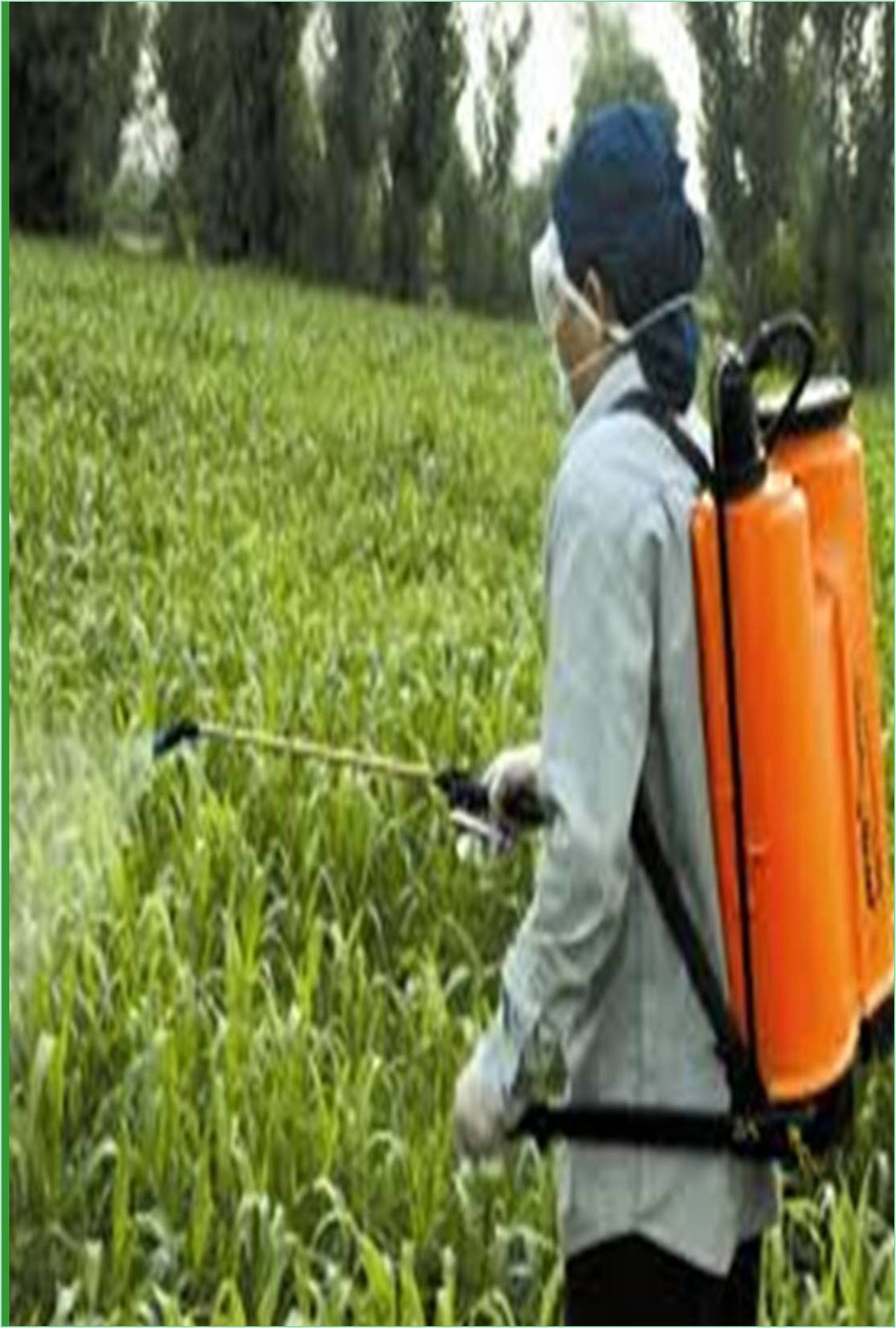



Received: 26-Jan-2022, Manuscript No. GJPDCP-22-59579; Editor assigned: 28-Jan-2022, Pre QC No. GJPDCP-22-59579 (PQ); Reviewed: 11-Feb-2022, QC No. GJPDCP-22-59579; Revised: 14-Feb-2022, Manuscript No. GJPDCP-22-59579 (R); Published: 21-Feb-2022, DOI: 10.15651/GJPDCP.22.7.42
The undesirable plants growing with crop are called weeds. The weeds develop nutrients available for crops and thus reduce the supply of nutrients to grains that interfere with their growth. The growth of these weeds must be limited to improve plant growth. The process of removing weeds is called a weeding. In order to obtain this weedicides, chemicals are specifically made to destroy weeds. They are sprayed regularly before the seeds. Weeds are considered opportunistic and grow when conditions are favorable, such as specific temperatures, lawn moisture levels, bare or thin turf areas, and can even grow in cracks in the roads, sidewalks or driveways. Weeds have the ability to grow to in a place where there is availability of rooms. Weed seeds are abundant and from many sources, they can lie on the ground for many years in the ground before germination. In actively growing, weeds produce thousands of seeds for plants and scatter the entire season. An example is a carab glass, knotweed, excitation track. Other weed sources include poor quality grass seeds purchased from stores and soil brought in for new plantings. It can also include plants that are not intentionally sown in specific locations, or plants that are more competitive or interfere with the activity of people. Annual summer weeds grow, bloom, produce seeds and are killed by frost in the fall season. Annual summer weeds are often difficult to manage, as many species adapt better to summer conditions than desirable cooler season turf turf grass species. Examples include crabgrass, persicaria serrata, and euphorbiaceae.
Types of Weeds
There are three different types of weeds in every grass and landscape bed. We can manage all, but some are easier than others. Based on the life span, weeds are categorized into three types, annual weeds, biennial weeds and perennial weeds. A weed that lives only for the season and completes their life cycle in that particular season and ends their life cycle.
Annual weeds: These types of weeds spread by setting seed, germinating, growing for a season, and dying on their own at the end of the life cycle. These would include hairy bitter cress, oxalis, groundsel and chickweed. These include both winter and summer types. Winter annuals, like chickweed, germinate in late summer/early fall, go dormant in winter, and actively grow during spring. Summer annuals, such as lamb’s quarters, germinate in spring, grow throughout summer, and are gone with the arrival of cold weather.
Biennial weeds : Life cycle of Biennial weeds is two years. During the first year, seeds start germinating and produce a leafy plant and the second half year the plant booms and produces a seeds and then it restarts the new life cycle of the plant seeds. These biennial weeds would include clovers, wild carrots, prickly lettuce.
Perennial weeds : These types of weeds grow over multiple seasons and spread to both the seed setting and its root system. Perennial weeds include dandelion, thistle and ground ivy.
Weeding Methods
Weeds can be controlled using weedicide's-it is a chemical, which is sprayed in the fields to kill all available weeds. Weedicide's are not harmful to crops.
Tilling before sowing of crops also helps in removing weeds-tilling u proots the weeds. The best time for the removal of weeds is before the formation of flowers and seeds. The manual method of removing weeds is with the help of a khurpi. Weeds near the ground are regularly uprooted or mowed.
Manual method-walk through the fields and weed.
By mechanical means-use a trowel in the field to fill the space between rows of crops and kill weeds.